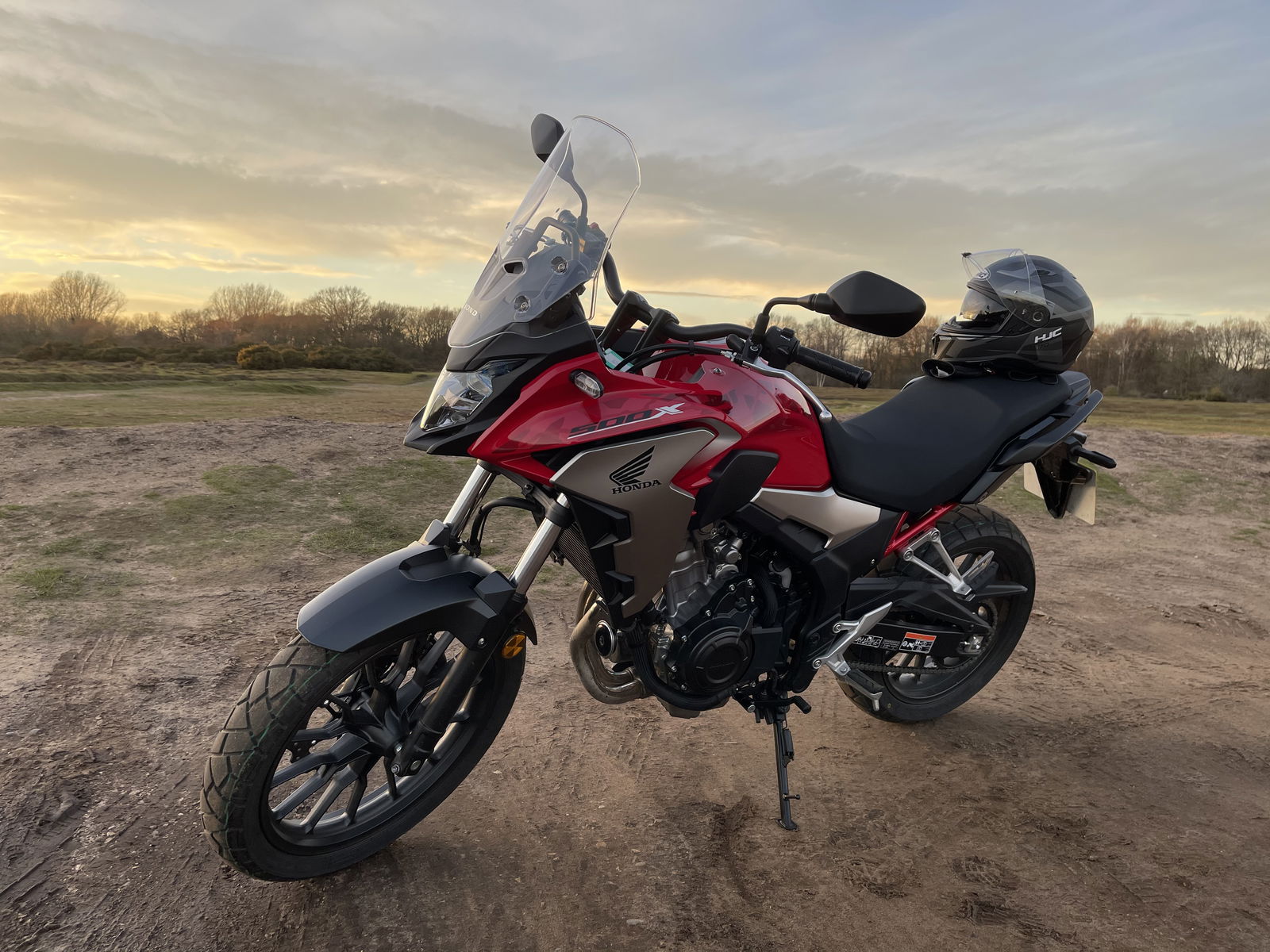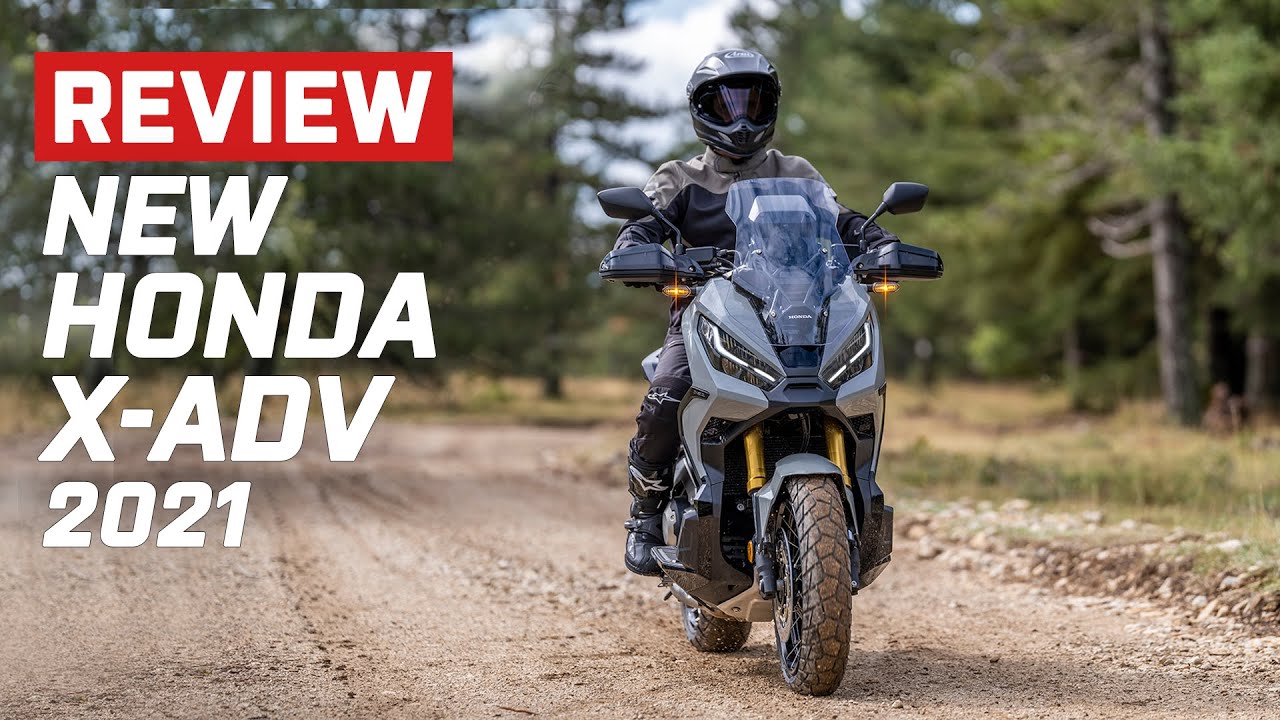Yamaha MT-09 2021 first ride and review | New Hypernaked tested
We've been on the press riding launch of the new 2021 Yamaha MT-09 - here's everything you need to know about the new bike

SINCE its launch in 2013 the MT-09 has been a hugely important bike for Yamaha, lifting them out of a decade-long patch in the mainstream doldrums and shifting around 9,000 units a year.
As well as being a big seller in its own right, it’s also the backbone of the whole MT range, donating its basic running gear to the Tracer and XSR, and its DNA to every other MT model.
2021 Yamaha MT-09 revealed
The original 2013 MT-09 set the template – fantastic, grunty, three-cylinder engine, minimalist bodywork and budget suspension only let down by snatchy engine management and slightly crude ride quality. 2017’s update brought a bit of much-needed refinement, but there was still room for improvement. For 2021 the need to conform to ever-stricter emissions rules (we’re up to Euro 5 now) meant a complete revision was on the cards, and that’s why we’re here in not so sunny Marseille to have our first ride on the all-new 2021 model.
Have Yamaha managed to hit Euro 5 standards without losing power and adding weight? More importantly, have they done it without stifling the MT’s trademark fun factor?
Let's go find out.
Price vs the rivals
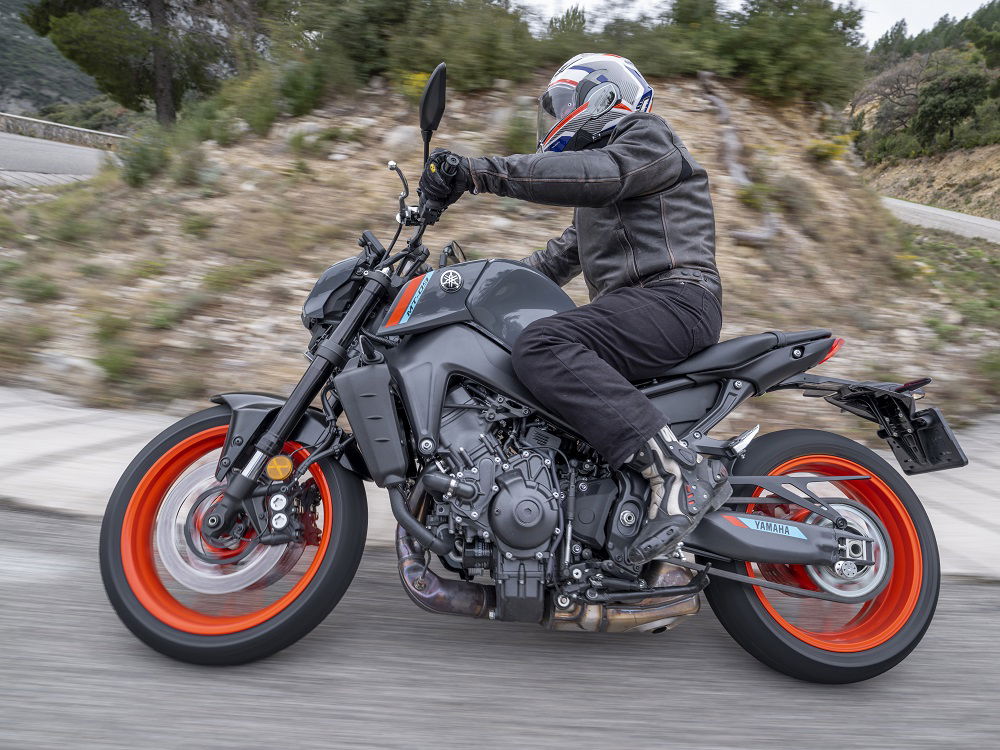
A nine grand price tag puts the new MT-09 right where it needs to be - significantly cheaper than most of the opposition (see ‘Rivals’ further on), and just squeezing under the hundred quid a month barrier for a typical finance deal. The Yamaha really packs in a lot more features than you’d expect at this price point, and a lot of it is new for this year, making it hard to place the MT-09 in relation to its potential rivals. Dynamically, the closest you’ll get too the grunty triple engine and sheer joie de vivre of the MT is Triumph’s Speed Triple 1050, but that’s nearly a third again as expensive at £11,600 for the base model. And it’s the same story for most of the other sub-1,000 yet over 750cc brigade.
Closest in price are Kawasaki’s Z900 at £9297, and BMW’s F800R at £8660, but really, neither of them is in the MT’s league for exuberant performance and well-developed tech. Class of its own? Maybe.
So, what’s new for 2021. Plenty. In fact, it’d be easier to go through what’s not new. Err, that’ll be the crankcases then. So, without further ado, let’s look at what’s going on with the oily bits this year.
Engine
At first glance the engine looks the same, but under the skin it’s heavily updated. The most obvious change is clear from a quick glance at the spec sheet - an extra 3mm on the stroke to take capacity up by 42cc to 889cc. More cubes is always a good strategy, especially when emissions rules are stifling your options to make more power by other means.
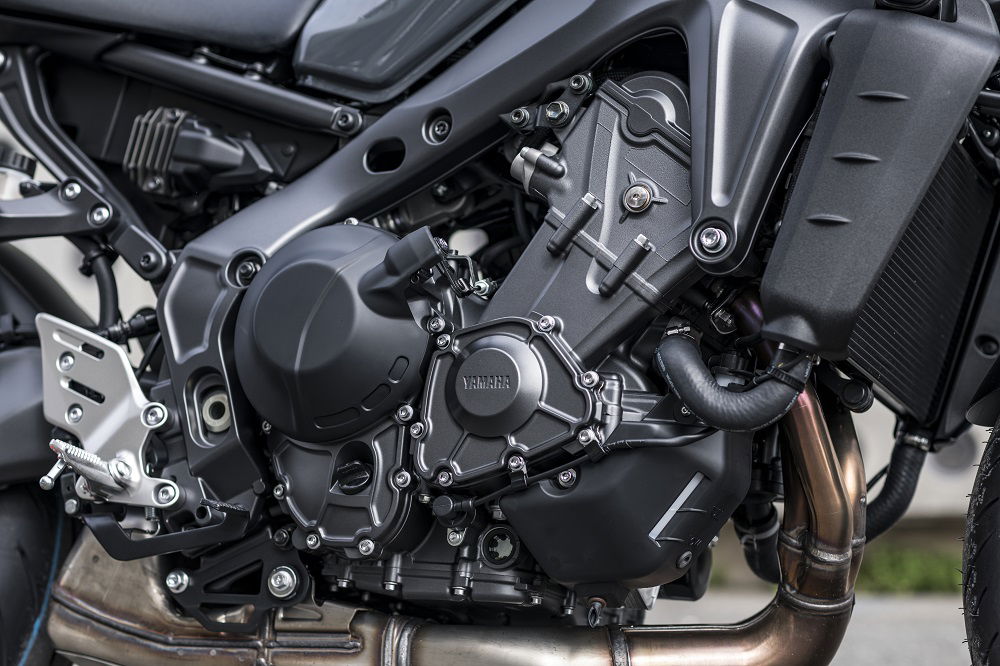
That longer stroke gives a slightly less manic feel to the engine and it’s aided by a significantly heavier crankshaft, which gives more of a flywheel effect. All this makes the 2021 a bit less snappy than before. It also probably helps with vibration and underlying noise. Revised camshafts also contribute to the change in torque peaks. There’s plenty more going on in the bowels of the motor though. New, lighter pistons are joined to that crankshaft by connecting rods that are each cast in one piece before being snapped to make a two piece bearing to bolt round the crank.
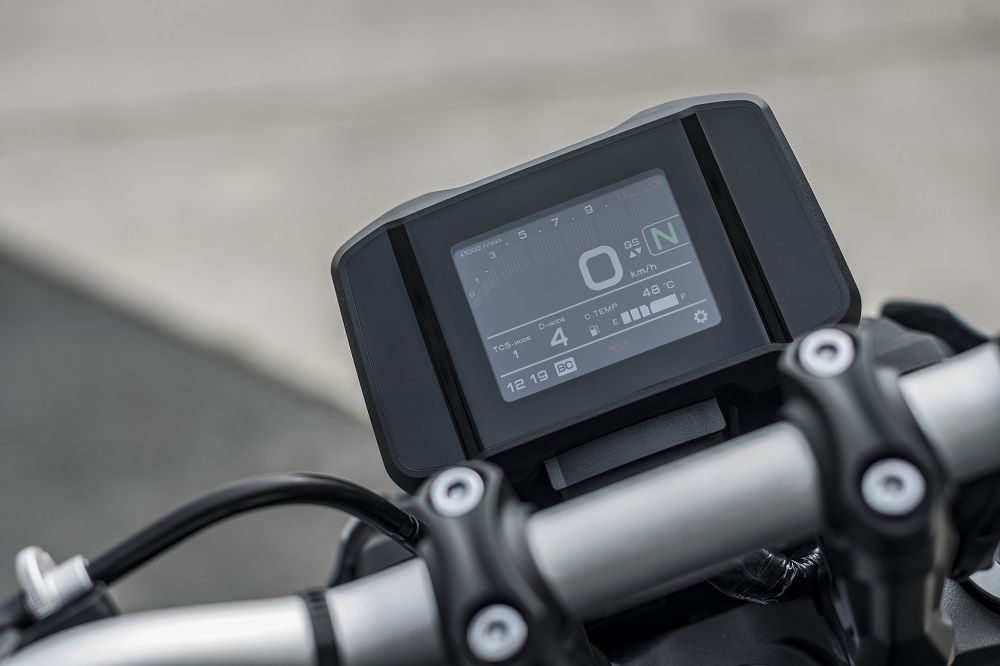
The fuel injection system is also heavily revised, with new injector banks squirting fuel more or less directly onto the tops of the intake valves, rather than further upstream. It’s claimed to improve fuel atomisation and reduce the amount of fuel that resists combining with the incoming air and simply ‘sticks’ to the intake tract wall.

The final link in the dynamic chain is a change in gear ratios for first and second, both of which become slightly talller, to damp out the previous model’s often criticized snapppiness from low revs in low gears. Before I forget, the clutch is revised too, for a lighter lever feel and less of a clunk on downshifts.
Normally, the less said about standard exhaust systems the better. In these emissions-crazy days they’re usually big, heavy, ugly and fitted with the expectation that they’ll be ripped off by most owners and replaced with something lighter, prettier and fruitier before the bike’s hardly poked a wheel out of the showroom. But this one’s a bit different. No, it’s not pretty, but it has the decency to hide itself pretty well out of the way. It also bucks the trend for gaining lard and blaming noise and emissions rules, by being Euro 5 compliant while weighing in a useful 1.4Kg lighter than the outgoing model’s system.
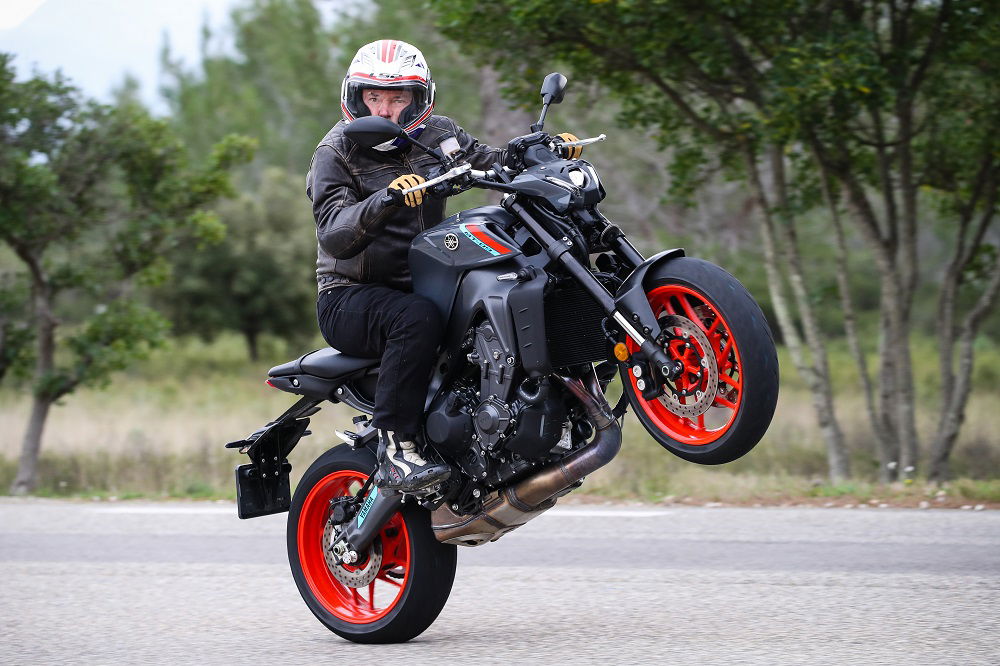
But the best bit is it sounds great – a nice, burbling low-down wooffle of the sort you usually don’t get with factory exhausts, without being too loud at the top end. In fact, at higher revs and speeds, you hear at least as much from the airbox as you do from the exhaust. Yamaha have had the tuning forks out and reckon they’ve ‘tuned the intake and exhaust as you’d tune a musical instrument, and the result is pretty pleasing to the ear.

Peak power is up 3% from the outgoing model, which is no big deal – it’s just nice too see it hasn’t lost any top end with Euro 5 status. More significant is an extra wallop of torque – 6% is claimed - which also comes in lower down, around 7000rpm, when the earlier engine peaked somewhere north of 8000rpm. There’s a decent spread of it too, with good, useable grunt available from a couple of thousand rpm (although for really rapid forward progress about 4000-5000rpm is a great launch pad).
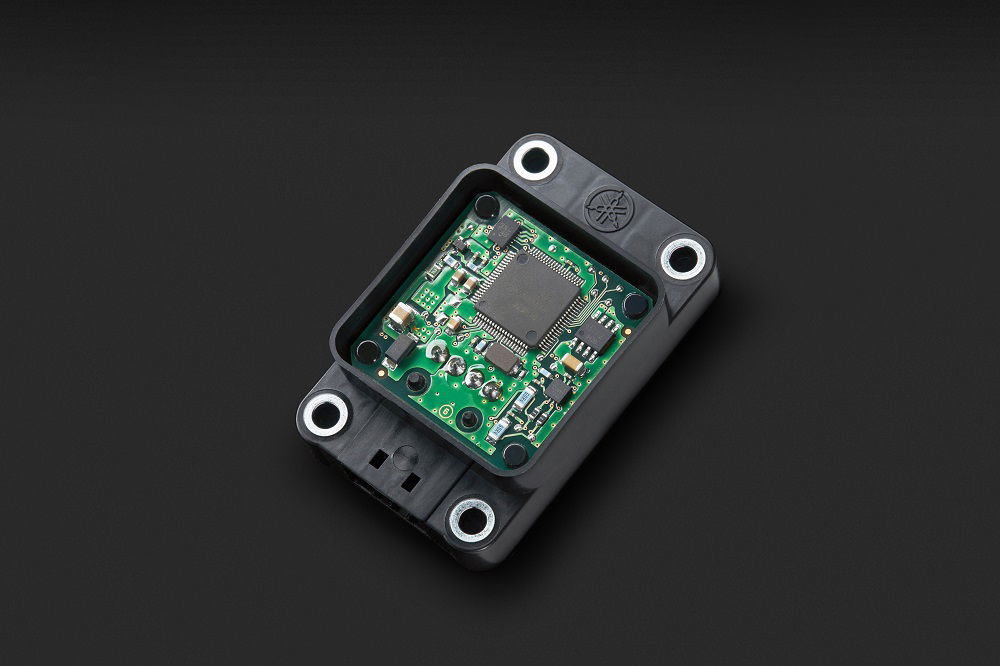
On the road that translates as a willingness to fire out of bends with an urgency that never fails to bring a huge grin to your face. On the twisty roads out in the hills behind Marseille we were treated to mile after mile of second and third gear bends, every one of them an excuse to wind the power on hard on the exit, feeling the rear tyre dig in and the front wave temporary goodbye to the tarmac as the MT just drove relentlessly onwards. Mostly you can choose whether to drive from low, low down, or to ride the torque peak, or push on into the upper reaches of the rev counter – ride it like a scooter or ride it like a supersport, it really doesn’t seem to care. That triple engine has always been good, in a hooligan kind of way, but now it’s more refined, more useable – but still as much fun.
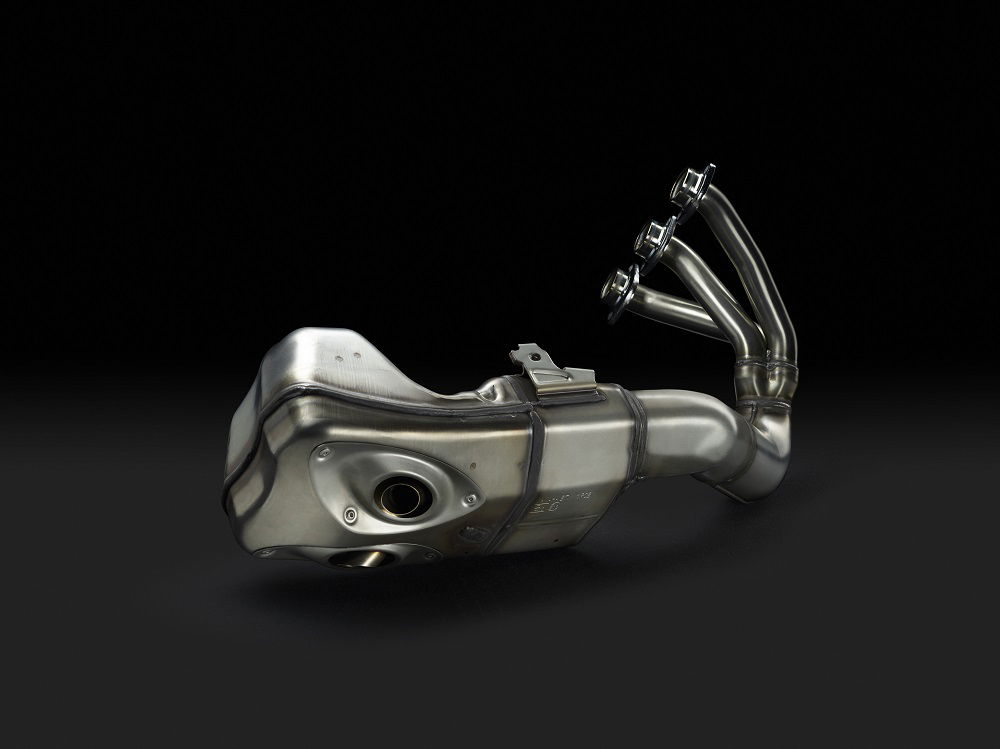
Yamaha claim the new MT is around 9% more fuel efficient than last year’s model, and capable of averaging around 55mpg. That doesn’t sound far-fetched – on our 150km loop, with a lot of heavy handed throttle action and practically no pootling around, we were getting low 40s according to my hasty calculations. With a relatively small 14 litre fuel tank, that means you’ll be looking at filling up after around 110 miles, or running out after about 130 miles, stretching to 150 miles if you manage a genuine 50mpg.
Suspension/brakes/handling
The MT-09 has always been well-balanced, great on smooth roads but hobbled by cheap, crude suspension when the going gets faster and bumpier. That’s changed, to a certain extent. The suspension’s still budget, especially at the rear, but it’s more controlled than I remember. The forks are new – shorter overall than before but with the same travel – and they’re fully adjustable for compression and rebound (one fork leg each) and preload. The rear shock’s adjustable for preload and rebound. They’re connected by an all-new frame made with a new die-casting process that allows daftly thin sections where it’s not structurally important, while still giving extra stiffness where it’s needed.

The swing arm is new too, and so are the wheels, again using a new process which allows thin walls – the thinnest sections of the rims are just 2mm thick, where nearly twice that would be more normal. The result of all this, say Yamaha, is less mass (189Kg ready to roll is pretty good) and more emphasis on weighting the front tyre for better control. It certainly feels more planted than I remember from previous MT rides, with a smooth, rolling feel to the steering which is ideally suited to the twisty mountain roads we’ve been enjoying. On a track day, chasing perfect apexes, you might wish for faster turn-in, a bit more precision to exactly where you put your front wheel, but on the road it works just fine.
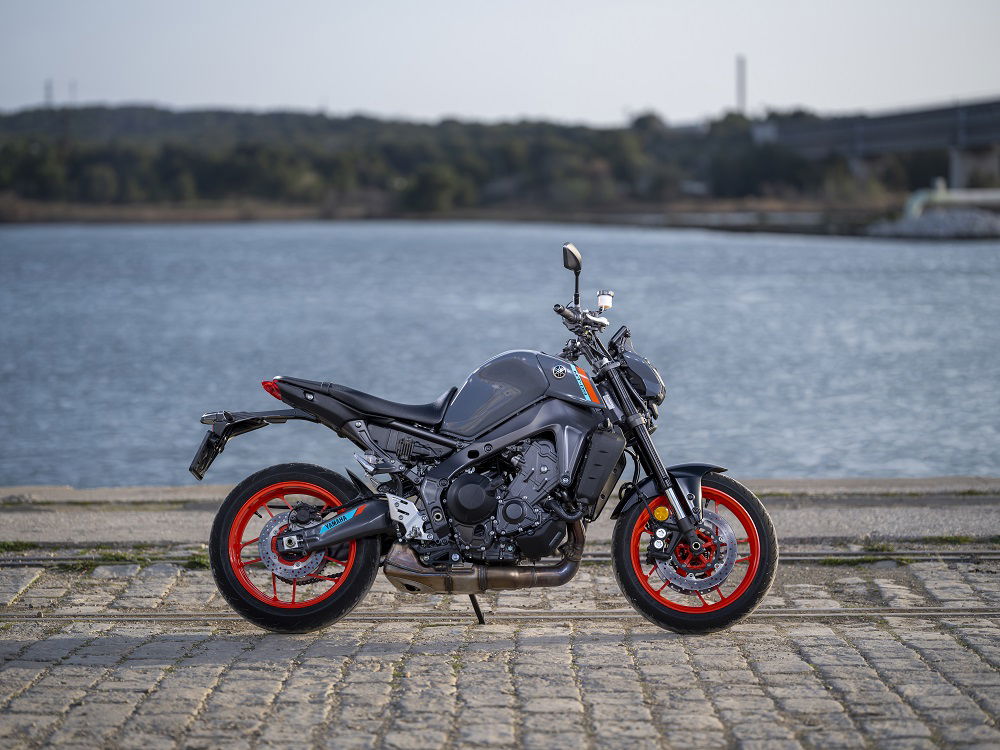
My only reservation is that extra front weighting gives it a bit of a ponderous feeling in town. There’s also a limited amount of steering lock, which can catch you out when threading through stationary traffic or turning round on small roads.
I said the suspension had improved, and I think it has, although that might just be the lighter wheels giving it an easier time – it’s still overwhelmed by large bumps taken at speed, and by sequences of small stutter bumps. The rear shock is definitely on the bouncy side too, especially as it heats up. The difference against the old model is that the rest of the time it rides better, and the suspension’s shortcomings don’t start to show themselves until you’re going faster than the older bike (and especially the original) would have been happy with.
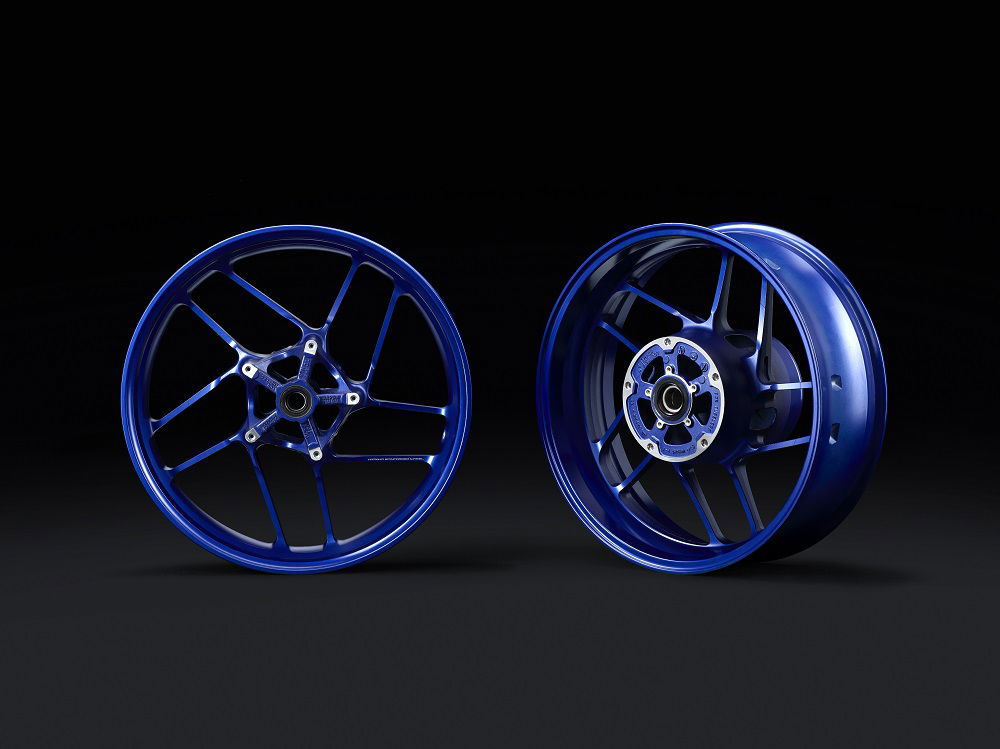
The brakes are basically the same as before, but with a more sophisticated Bosch ABS system linked to the IMU. They’re strong enough to torture the front tyre and send your eyeballs out of their sockets, but with enough feel to be able to feather them all the way into turns. The front-weighted set-up helps with both of those, as do the high-ish, wide bars.
The ABS is pleasingly subtle too – I provoked it deliberately a few times on dusty roads and it cut in smoothly and without fuss, and not too early. The same couldn’t be said for the rear, which seemed to be chattering and cutting in all the time in a straight line, although I didn’t have a problem with that when using the rear to tighten a line in a corner. And before you ask, no I wasn’t brave or cack-handed enough to make the cornering ABS work – these are not the kind of roads for that sort of silliness.

Comfort? 150km isn’t enough to make a judgement, especially as only the last 20-odd km were in any kind of steady state. The rest were all manic direction changes and frantic acceleration and braking, so no test of long term comfort. Even so, my backside wasn’t tremendously comfy at the end of the day – I think if I were buying an MT-09 I’d be trying to persuade the dealer to throw in the optional Comfort seat (RRP £217) to sweeten the deal. The footrests have two positions – unbolt the support plates and you can re-bolt them 14mm further up and 4mm further back. I don’t think you’d need to unless you’re heading for a racetrack though. On standard settings the leg reach was fine for my stumpy legs, so I suspect most people will leave it that way, while taller riders may find a taller seat being required.
Equipment
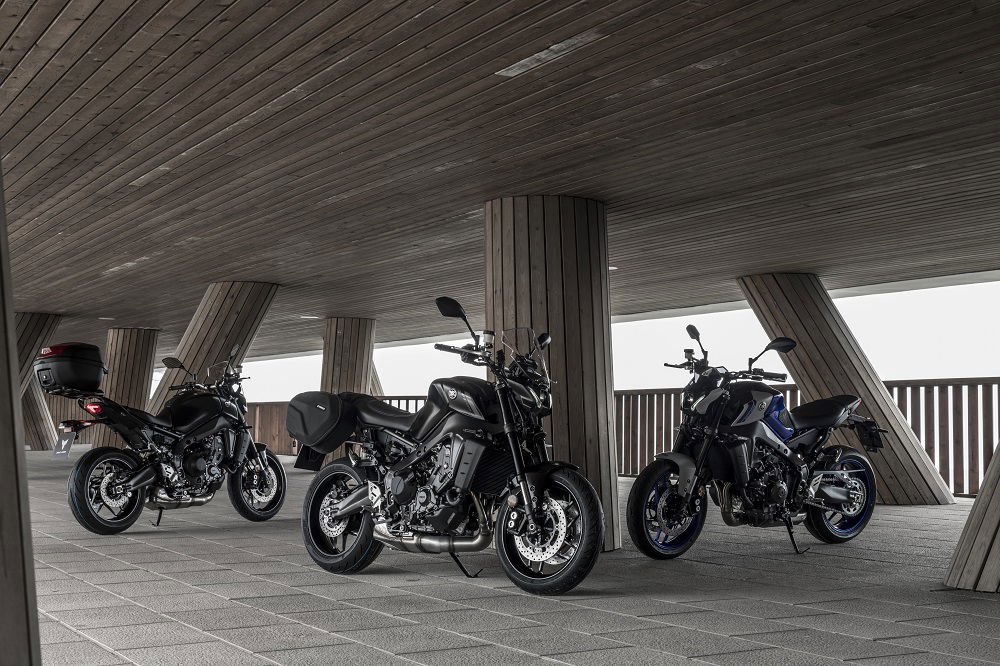
Yamaha have gone big with the electronics package this year, with cornering ABS that is joined by lean-sensitive traction control (TCS), plus slide control (SCS), and an own-brand wheelie control system called Lift Control – but more on that in a minute…
The IMU on the new MT-09 is based on the item found on the top-spec R1M, and it’s not just measuring either. It also gauges the speed of that movement. It uses that data to tailor the ABS, traction, slide and lift controls to real-time conditions rather than the older style one size fits all algorithm, and it does all that 125 times a second – very trick stuff.
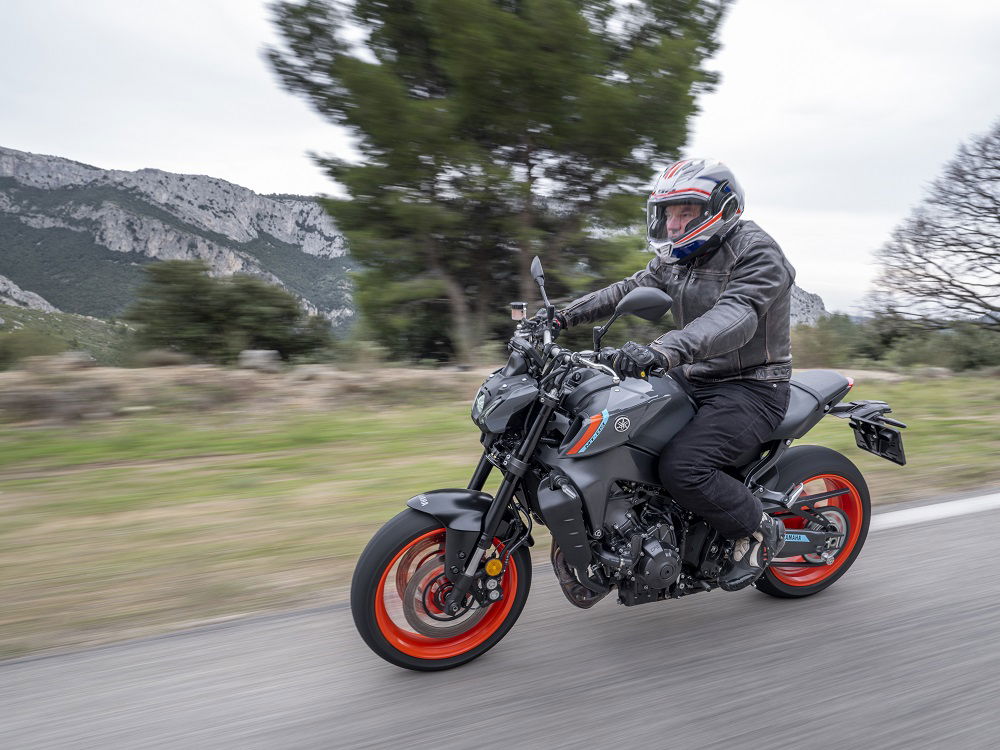
If your eyes are glazing over at the thought of all this electronic intervention taking the fun out of the pure riding experience, don’t let it worry you for a second - it just doesn’t happen. In normal riding there’s just no sign that it’s all there working in the background. For example: I’d assumed the Lift Control was just a euphemism for Anti-Wheelie – and why on earth would anyone be anti-wheelie...? But it’s not – powering out of bends you simply wouldn’t know it was there. It allows plenty of leeway for catching a cheeky bit of air under the front wheel – so long as you’re driving hard forwards as well, it’s happy to let you take responsibility and have fun. And you can fool it with a big handful in first and hoist a big one should you wish, as witnessed by the wheelie pics here which were done with the Lift Control system activated.
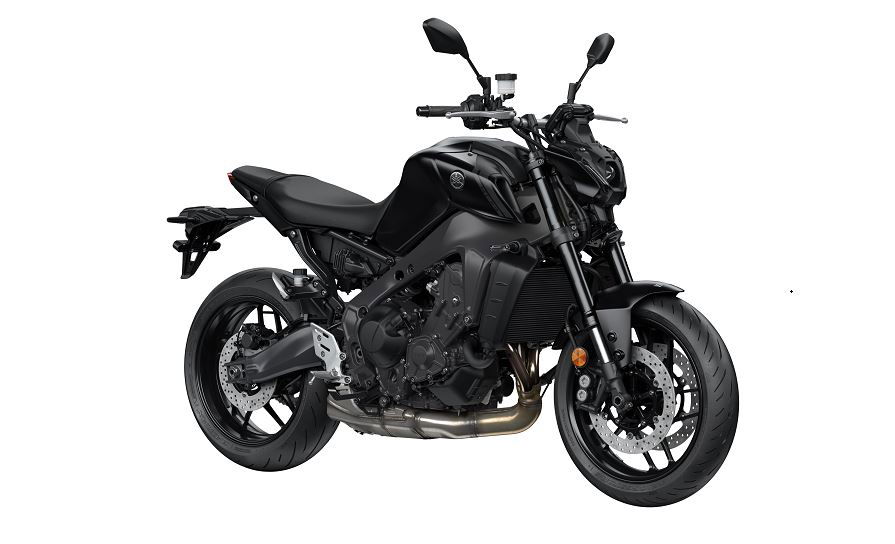
All the aids are switchable anyway, via a sub-menu on the new TFT screen (which, by the way, is a bit small but otherwise well-designed and full-featured) and by the button on the left bar letting you switch between four principle riding modes plus three settings for the rider aids. TCS setting 1 gives you minimum intervention on all rider aids, while setting 2 ups the safety level but it's still pretty unobtrusive. Alternatively, Manual mode lets you set each individual aid parameter separately – levels 1,2,3 or Off, so you can customise each function to suit. As for the power delivery, engine Mode 1 gives you the snappiest throttle response, Mode 2 knocks the edge off the power a little, and so on until you get to Mode 4 which I tried for a couple of miles but which blunted the power so much it was no fun at all.
Standard Mode 1 gives you minimum intervention on rider aids, and the snappiest throttle response, Mode 2 just knocks the snappiness off the power and adds an extra level of intervention, and so on until you get to Mode 4, which I tried for a couple of miles but which blunted the power so much it was no fun at all. I can’t see me ever wanting to use that, but then again if I had a mid-winter, diesel-strewn commute in the dark and wet, I might well change my mind...
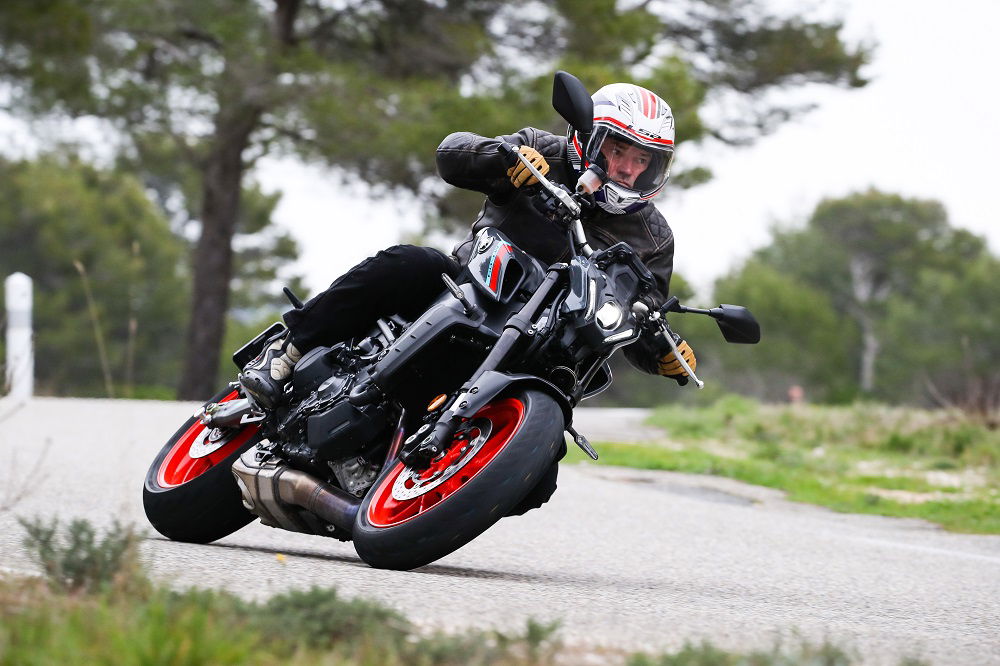
In the end, once I got a grown-up to show me how to access the manual mode settings (turn to TCS mode on the left switch, then use the scroll wheel to access the ‘Settings’ logo at bottom right of the screen) I settled on leaving the TCS and Slide control on minimum setting, because you never know, and turning the Lift system off altogether, because hooligan...
Despite that, I surprised myself by preferring that set-up in conjunction with the slightly softer Mode 2 engine setting, which was just more instinctive and controllable on the road than the snatchier Mode 1, and needed less precise throttle control. I’d save Mode 1 for track days.

On top of all this electrickery, there’s also an up/down quickshfter, which works very well so long as you’re cracking on. It’s less good for pootling about, although you can obviously just forget it’s there. Again, it’s easily switchable – a choice of on, off, up only or down only. Talking of the clutch, that reminds me it’s another part that’s revised for this year, with a lighter action at the lever, and intended to be less intrusive when using the downshifter.

There will be three ‘packs’ of accessories available as dealer-fitted options on new bikes, each offering a saving on full retail. The Weekend Pack has a front screen, more comfortable seat, soft panniers and a USB outlet. The Sport Pack has brake lever guards, a fly screen and grippy tank side pads. And the Urban Pack has a short screen, a rear carrier, a 39-litre top case, a USB outlet and a central tank pad. UK prices for all those to be confirmed, but in euros they’re projected to be 795, 469 and 479 respectively, so expect the sterling equivalent to be about 5-10% lower.

What we liked about the new MT-09
- Great value for money
- Brilliant, torquey triple engine
- Unobtrusive rider aids
What we didn’t like
- Limited steering lock
- Rear shock is a bit of a cheapy
- Small tank, thin seat
2021 Yamaha MT-09 Verdict
There’s plenty to like, here – and much to love. The new MT-09 caarrries on where the old one left off - an affordable bike which punches well above its weight in terms of tech spec and has a truly magnificent engine. Cleverly, it’s welcoming and intuitive enough to cosset newer riders, but sparky enough to satisfy the most committed hooligan or sports bike rider. Neat trick if you can do it.
So the suspension could be better? Fine, that’s easy to sort out a year or two down the road, with an upgraded rear shock and a re-valve and new springs at the front. In the meantime, there’s little to find fault with at this price. I’d certainly be very happy to have one peeking out of the garage at me each morning.
Availability: Covid has delayed deliveries into the UK slightly, but at time of writing Yamaha were expecting the first bikes to land with dealers at the end of March, and as it’s such an important model, most dealers will be running demo bikes, with test rides available as soon as the lockdown situation allows – currently expected to be by 12th of April at the latest.
